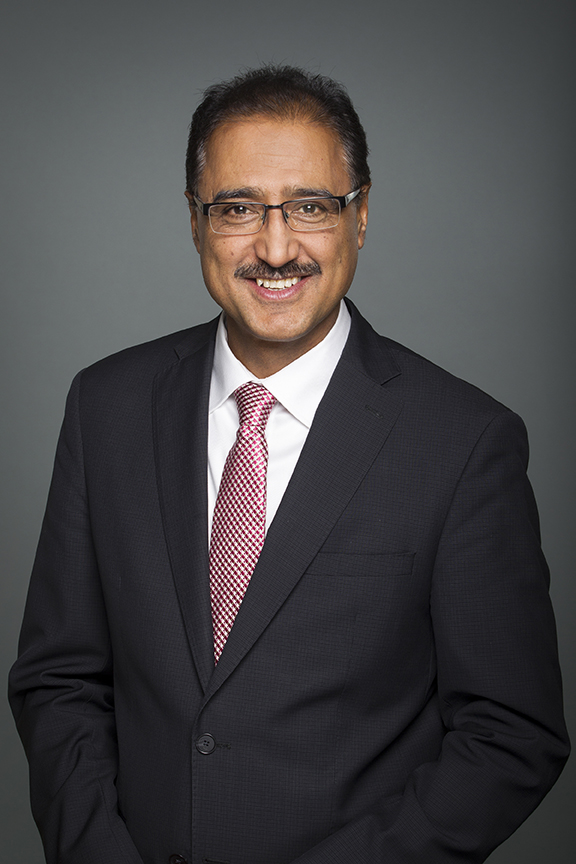Canada’s Big, Optimistic Infrastructure Bet
posted on
Dec 06, 2017 04:43PM

NI 43-101 Update (September 2012): 11.1 Mt @ 1.68% Ni, 0.87% Cu, 0.89 gpt Pt and 3.09 gpt Pd and 0.18 gpt Au (Proven & Probable Reserves) / 8.9 Mt @ 1.10% Ni, 1.14% Cu, 1.16 gpt Pt and 3.49 gpt Pd and 0.30 gpt Au (Inferred Resource)

ROF seems to check off all the boxes....which must achieve at least one of three objectives: economic outcomes, like assuring people have well-paying jobs; environmental outcomes, like advancing the development of a low-carbon economy; or social outcomes, like supporting low-income and special-needs residents.
==================================
https://cbey.yale.edu/our-stories/canada%E2%80%99s-big-optimistic-infrastructure-bet
Dec 06, 2017
Wherever he is, whomever he’s with, Amarjeet Sohi likes to tell the story of a phone call he once received from a Canadian mother of three. Sohi was a member of the Edmonton City Council at the time, and the woman called to explain that mental health and addiction issues had her on the verge of eviction from a homeless shelter. She had nowhere to go. She was struggling. Could he help?
Sohi did what he could—found her housing, connected her to social services. One year out, her kids are in school and she’s holding down a job. “But imagine if she hadn’t had that housing,” he said in a recent conversation at Yale. “What a loss for her, a loss for her children, a loss for society.”
Now positioned as Canada’s Minister of Infrastructure and Communities (and a Member of Parliament), Sohi is overseeing a $180 billion (Canadian) investment in Canada’s infrastructure. The money will be dispensed over the next 12 years primarily through grants, with roughly eight percent funneled into the formation of the Canada Infrastructure Bank. His vision for the investment extends far beyond what most people think of when they hear infrastructure—bridges, roads, water pipes. Instead, he is influenced by the deeper conviction that infrastructure empowers its citizens, a conviction learned not only through his time on city council but from his personal experience growing up an immigrant.
 Minister Amarjeet Sohi
Minister Amarjeet Sohi
“I relied on public transit to go to school and work. I relied on recreational facilities to make friends and play soccer. I relied on libraries to learn a new language,” Sohi said. “That experience has really helped me understand why public infrastructure is so critical for individual success and also community success.”
The federal funding will target five distinct areas of investment: public transit infrastructure, green infrastructure, social infrastructure, trade and transportation, and rural and northern communities. “I’m a firm believer that locals know best how to spend to achieve their goals,” Sohi said. “We allow them to decide what needs to be built and support that.”
But the key to this project is in its outcomes, mandated for all grant-funded projects, which must achieve at least one of three objectives: economic outcomes, like assuring people have well-paying jobs; environmental outcomes, like advancing the development of a low-carbon economy; or social outcomes, like supporting low-income and special-needs residents.
The Canada Infrastructure Bank, which goes online at the end of this year, is then used to fill gaps that federal grant-making can’t—to fund projects too expensive for public investment but not profitable enough or too risky for private investment. Having this alternative-funding stream in place can “open people’s imaginations,” said Sohi; if interprovincial transportation, for instance, once seemed decades off, the Bank could potentially accelerate the timeline. And though he sees tremendous potential in the operation of an infrastructure bank, Sohi was careful to recognize its limits.
“The bank becomes a problem when you start to use private dollars as a way to not do public investments,” he said. “When you’re trying to replace public with private, people start to feel you’re not fulfilling your social responsibility.”
In part, this responsibility includes repairing and maintaining existing infrastructure, which Sohi acknowledged. Not all of the $180 billion will be spent on novel projects; some portion of it is needed to reduce the “infrastructure deficit” of past years. There is also tremendous opportunity in the optimization of existing infrastructure using new technology and data analytics capabilities.
But whether looking forward or looking backward, Sohi remained consistent in the value contained within $180 billion. It’s not just so many tons of asphalt and so many miles of bridges and so many bricks for libraries. “If you want to build the kind of community that we all desire to live in, and if you want to give opportunities for people to succeed, then infrastructure is the foundation for that.”
Watch the video: